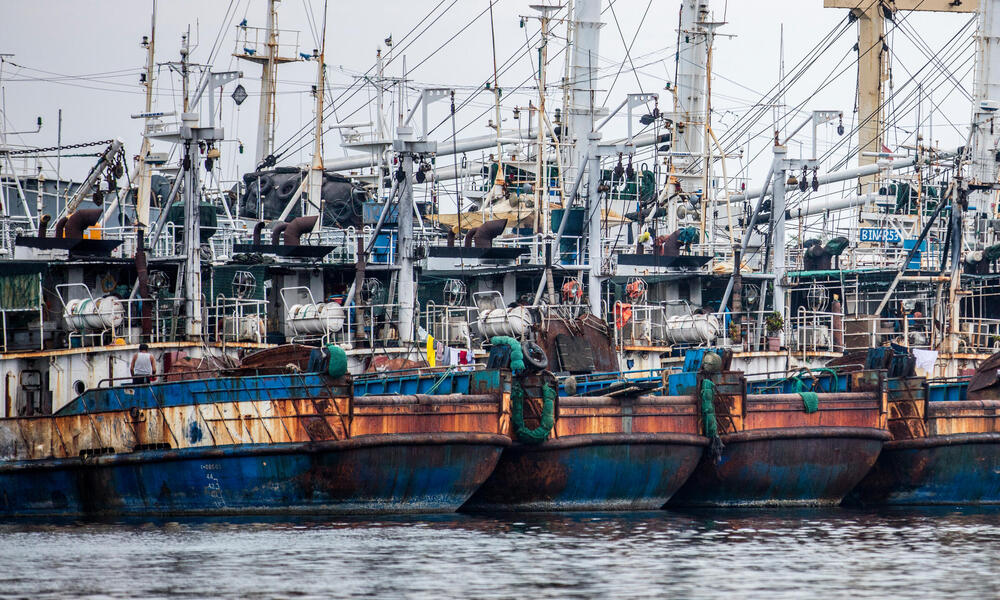According to the report’s authors, many governments and private entities, even those involved in international commerce and dealing with fisheries at high risk of IUU fishing, have been slow to adopt the technology that will aid responsible management of fisheries. These findings are consistent with challenges previously observed with technology adoption that includes a lack of resources and prioritization from national, regional, and global levels, insufficient coordination among government departments, incompatibility of existing technology, diversity of fisheries, and complexity of the supply chain.
Examples of the assorted technologies available to the fisheries sector, collectively termed Electronic Fishery Information Systems (EFIS) in the report, include: vessel movement and location tracking via satellites, using video cameras to monitor at sea fishing operations, recording catch data digitally, and using software to trace seafood products as they move through the supply chain.
Paper forms and handwritten records still predominate in most fisheries despite being less secure and efficient than electronic records. The adoption of different technologies differs widely by country due to a multitude of factors related to how fisheries are governed and the resources that are available to them.
To better understand the status of EFIS, the report assigns scores to the 21 countries that are major exporters to the US and EU and the 15 major regional fisheries management organizations. The scores indicate how pervasively technology is in use by each country and identifies what areas most need improvement.
The authors conclude with a summary of all 21 countries that predicts the likelihood of each fully utilizing EFIS technologies within the next five to ten years and examines what is already occurring within the fisheries. Key conditions that will help to enable further implementation include comprehensive governance within fisheries, legislation, political support, NGO support, financial resources and expertise, and market orientation.



